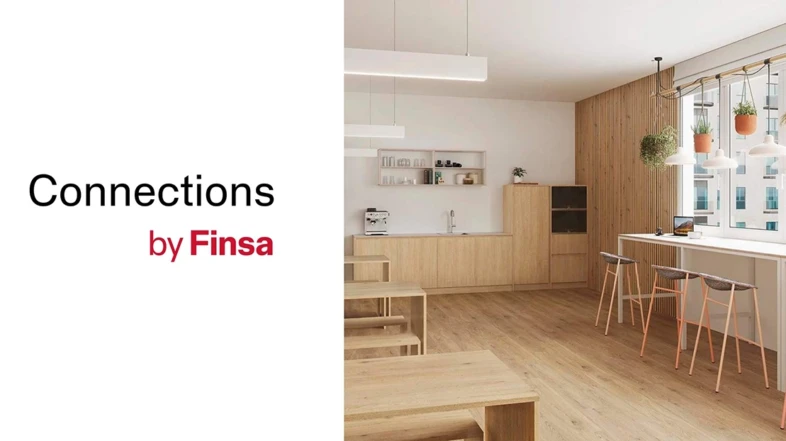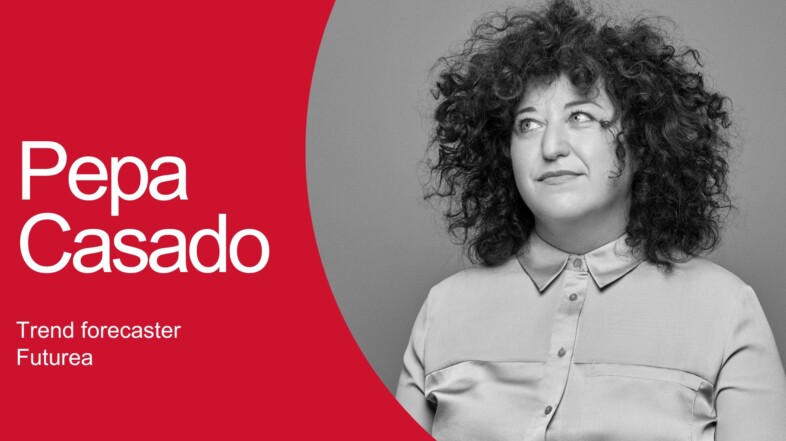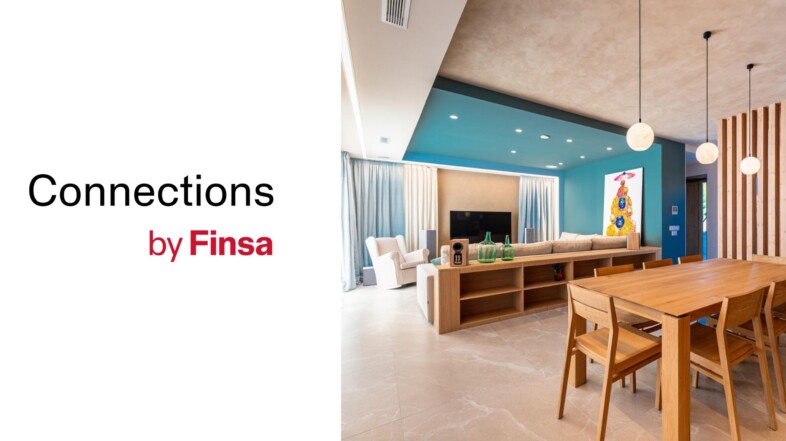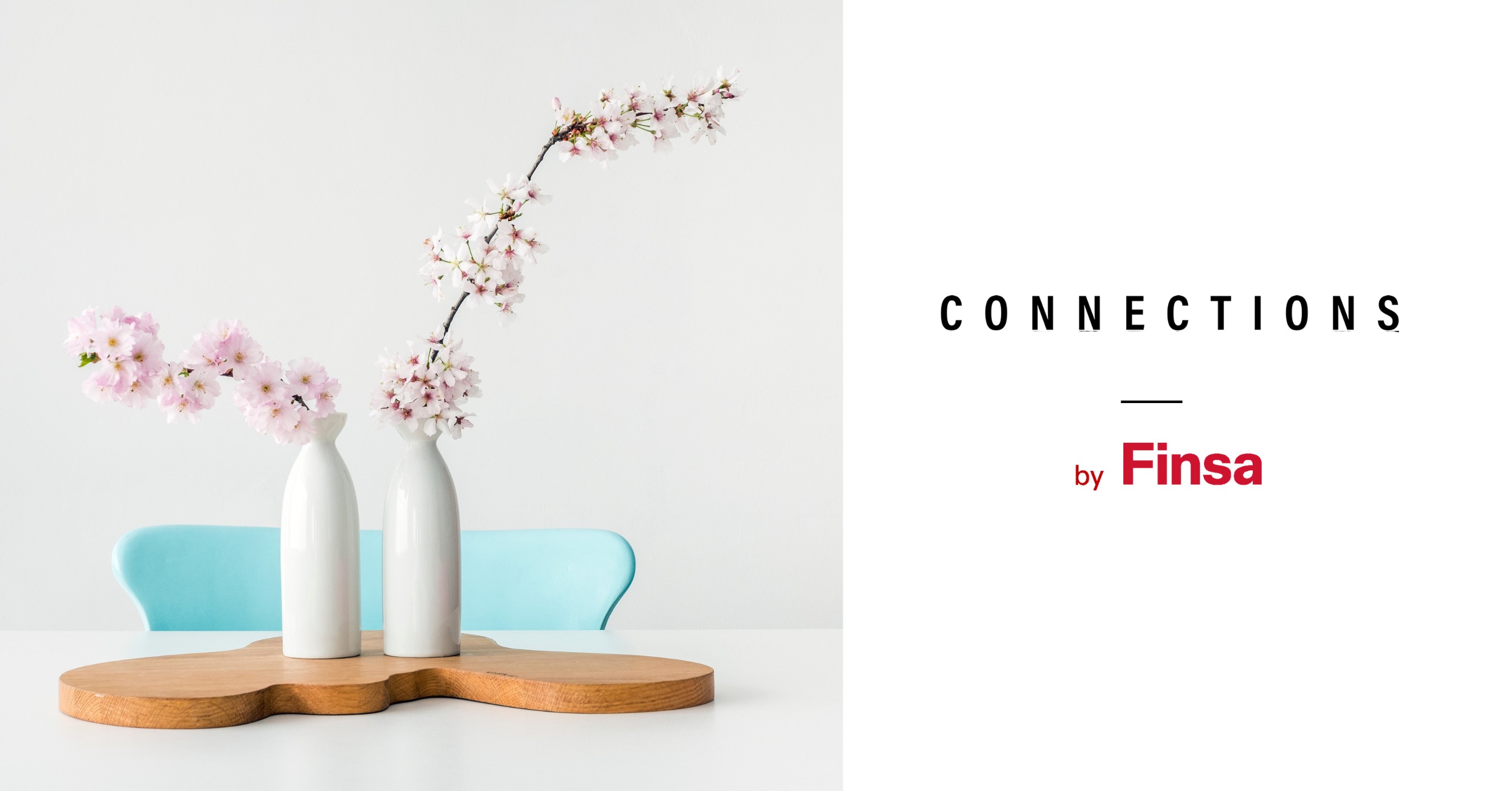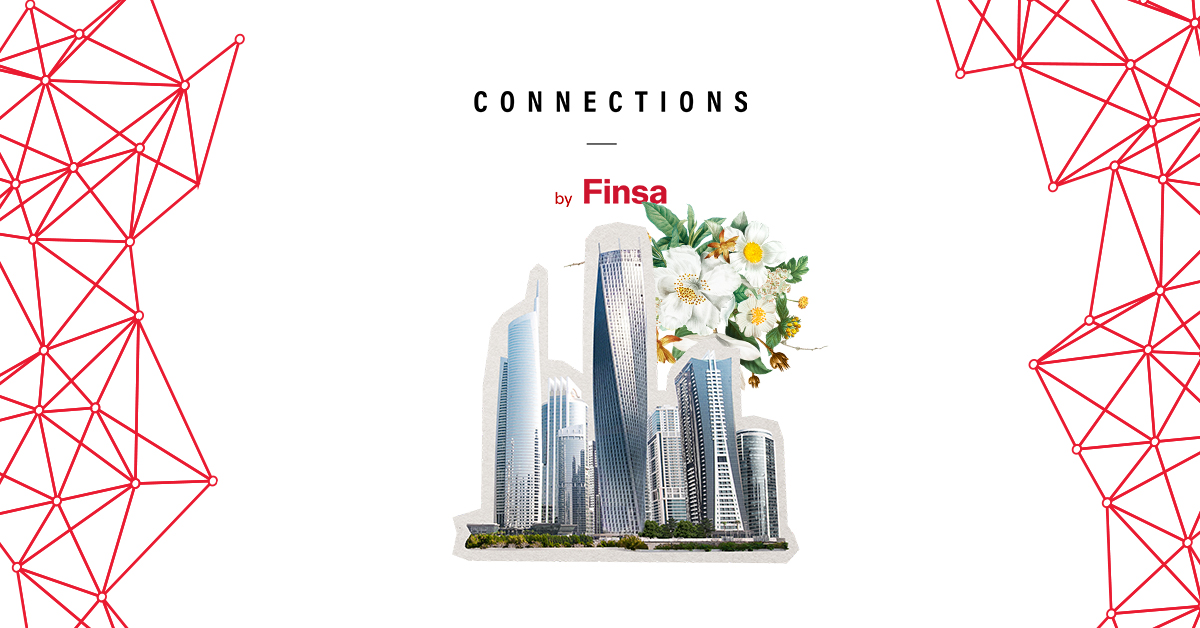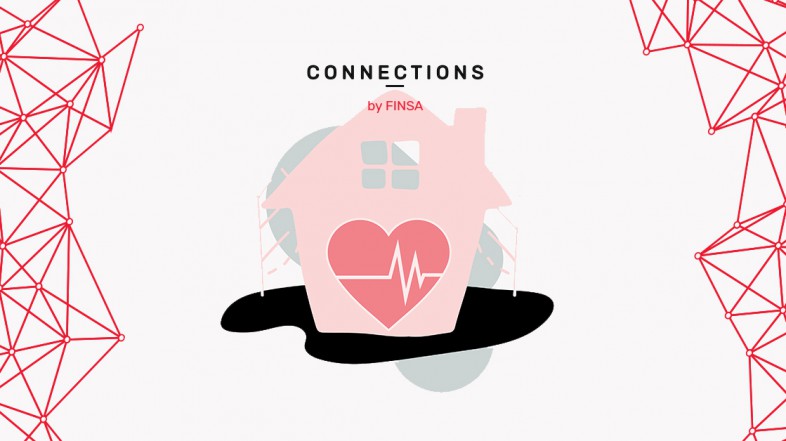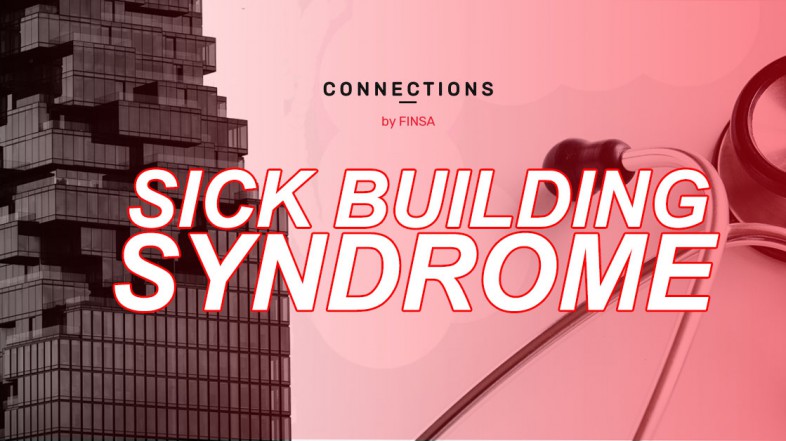Neuroarchitecture looks in to what an office, a school, a hospital, or a house should be like in order to make us feel good.
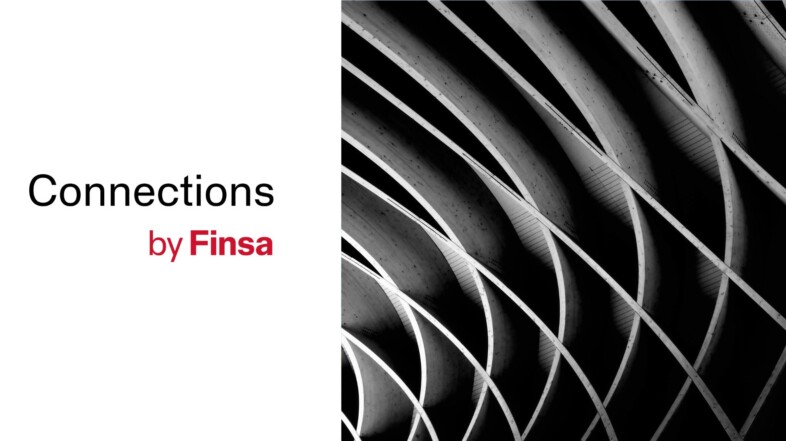




Neuroarchitecture is a relatively new discipline. It is not easy to find examples of architecture that apply it, but there are several studies undertaken by academic institutions to try and uncover the keys to the design of different types space…
